Administration Releases FY 2018 Budget
The Trump Administration’s budget proposal, which was released on May 23, includes sharp cuts for Federal science agencies. The document is the first step in the Fiscal Year 2018 appropriations process, and many bipartisan Senators and Representatives have taken issue with multiple aspects of the proposal.
The National Science Foundation (NSF) would receive $6.7 billion – a cut of approximately $800 million (11 percent) from the FY 2017 enacted level of $7.5 billion. The NSF indicated that it would be able to fund 19 percent of grant proposals (as compared to the current 21 percent) under the proposed funding level. The Foundation’s Geography and Spatial Science Program is housed in the Social, Behavioral, and Economic (SBE) Sciences Directorate, which was cut by 10 percent, and the Division of Behavioral and Cognitive Sciences, which was cut by 7.5 percent. The reduction for the SBE Directorate is not as steep as some social and behavioral science advocates had feared.
For other agencies, the National Institutes of Health (NIH) was budgeted at $26.9 billion, a $7.2 billion cut (21 percent) from the current-year funding level. The U.S. Geological Survey (USGS) was cut by $163 million (15 percent) and the National Oceanic and Atmospheric Administration (NOAA) is proposed for a $902 million reduction (16 percent). The Environmental Protection Agency’s (EPA) Science and Technology program was cut by approximately 40 percent in the budget. The U.S. Census Bureau received a 3.7 percent increase, but there are concerns that this modest amount will not enable the Bureau to fully ramp up its 2020 Census preparations.
The budget also proposes the elimination of the National Endowment for the Humanities (NEH), a long-expected move that prompted the resignation of NEH Chairman William D. Adams on the day of the budget’s release. Adams was an Obama Administration appointee whose term was slated to run until next year. Other programs eliminated in the proposal include the National Endowment for the Arts; the Agency for Healthcare Research and Quality; the Corporation for National and Community Service; the U.S. Institute of Peace; the Corporation for Public Broadcasting; and the Woodrow Wilson International Center for Scholars. It is unclear whether Congress will support these moves.
In a significant policy initiative, the Administration’s budget proposes to reduce reimbursement of indirect costs in research grants. Indirect costs, which support salaries, facilities, and other expenses tied into carrying out funded projects, are a crucial component of Federal research grants. Most institutions would face significant difficultly in adapting to such a policy change and it would likely cause many universities and others to rethink their approach to seeking grant funding from Federal agencies.
The final FY 2018 appropriations will not be settled for months. House and Senate leaders are focused on tackling healthcare reform and tax-law changes and will only turn to a full debate on appropriations once those issues have been dealt with. While some science agencies will probably face cuts from current funding levels, it is unlikely that Congress will support reductions on the magnitude of those included in this budget proposal.
As always, we encourage AAG members to reach out to their elected officials about issues that are of importance to them. Stay tuned for updates on these and other important policies by visiting the AAG Policy Action page.
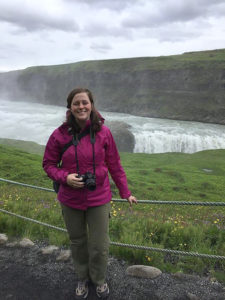 Christine MacKrell recently completed her bachelor of arts in geography from the University of Mary Washington where she also majored in political science and completed a certificate in geographic information systems. She will be attending George Washington University in the fall working toward a master of science. Her geographic research focuses on race and place, public memory, and issues of gender.
Christine MacKrell recently completed her bachelor of arts in geography from the University of Mary Washington where she also majored in political science and completed a certificate in geographic information systems. She will be attending George Washington University in the fall working toward a master of science. Her geographic research focuses on race and place, public memory, and issues of gender.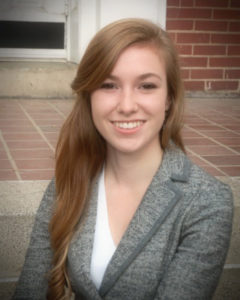 Meredith Stone has joined the AAG staff as Public Policy and Outreach Specialist at the Washington, D.C. headquarters. She recently completed her Master of Arts in Geography at Ohio University. There, she served as a teaching assistant for Introduction to Geographic Information Systems and Mapping Sciences and also as a research assistant for the Baltimore Ecosystem Study, a National Science Foundation granted project investigating urban green space in the city. Her master’s thesis focuses on street art and murals and their relationships with racial justice in Baltimore neighborhoods.
Meredith Stone has joined the AAG staff as Public Policy and Outreach Specialist at the Washington, D.C. headquarters. She recently completed her Master of Arts in Geography at Ohio University. There, she served as a teaching assistant for Introduction to Geographic Information Systems and Mapping Sciences and also as a research assistant for the Baltimore Ecosystem Study, a National Science Foundation granted project investigating urban green space in the city. Her master’s thesis focuses on street art and murals and their relationships with racial justice in Baltimore neighborhoods.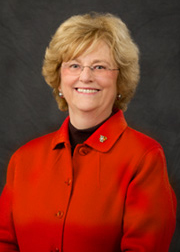 , president-elect at Ohio University (OU), will join Dr. Mary Ellen Mazey of Bowling Green State University (BGSU) as a leader of a public academic institution in Ohio. Mazey began her Presidency at BGSU in July of 2011 and holds a PhD in Geography from the University of Cincinnati, while Nellis holds his PhD in Geography from Oregon State University.
, president-elect at Ohio University (OU), will join Dr. Mary Ellen Mazey of Bowling Green State University (BGSU) as a leader of a public academic institution in Ohio. Mazey began her Presidency at BGSU in July of 2011 and holds a PhD in Geography from the University of Cincinnati, while Nellis holds his PhD in Geography from Oregon State University.
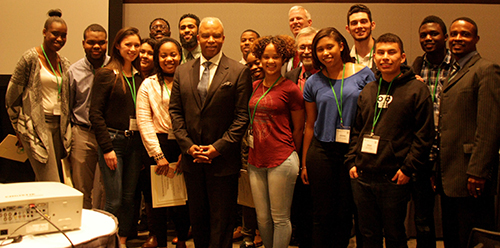

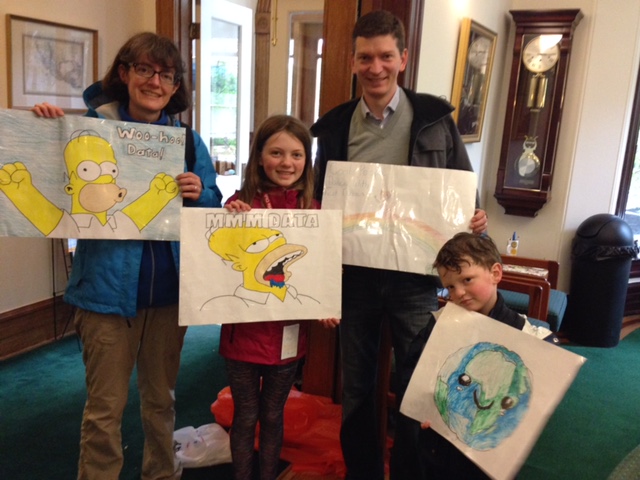
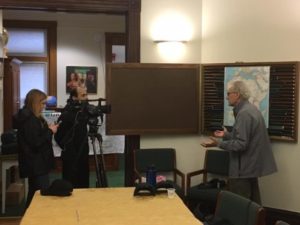

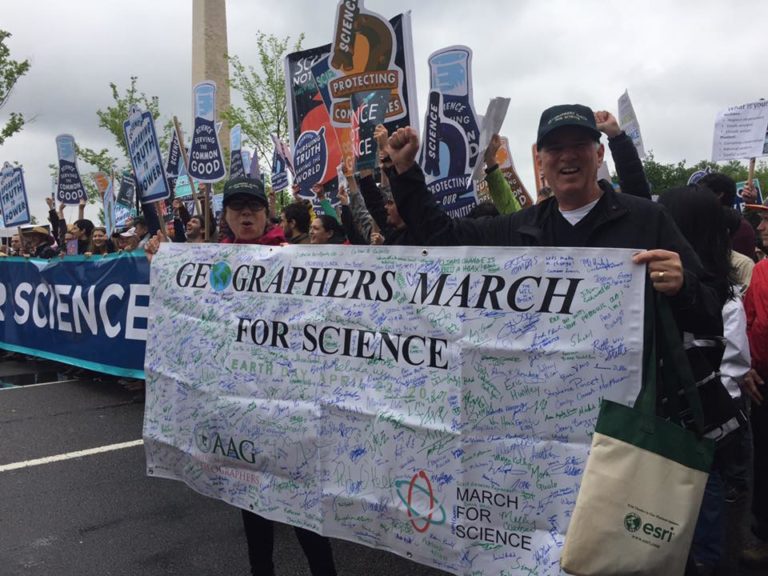
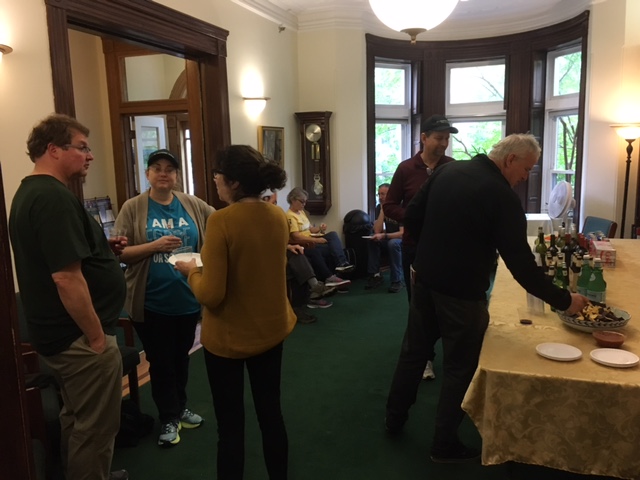
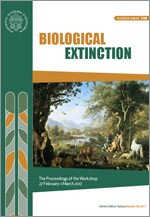 Tim Beach, Centennial Professor of Geography and Environment at UT Austin, presented an invited lecture on “Societal Collapses from the Maya to Mesopotamia and Beyond” at the Vatican in a workshop on
Tim Beach, Centennial Professor of Geography and Environment at UT Austin, presented an invited lecture on “Societal Collapses from the Maya to Mesopotamia and Beyond” at the Vatican in a workshop on